Where there is smoke, yup, there was fire
overdone
16 years ago
Related Stories
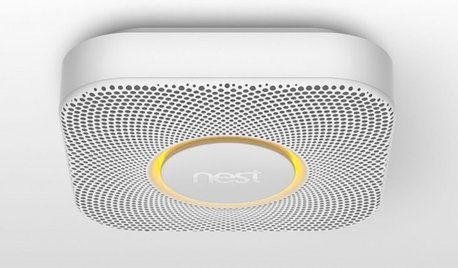
HOME TECHBetter, Smarter Smoke Detectors Push All the Right Buttons
No more bashing in that smoke detector with a broomstick at 3 a.m. — if you haven't already yanked it out. Welcome the new, civilized breed
Full Story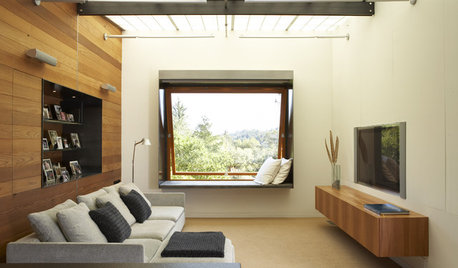
MORE ROOMSTech in Design: Where to Put Your Flat-Screen TV
Popcorn, please: Enjoy all the new shows with a TV in the best place for viewing
Full Story
THE HARDWORKING HOMEWhere to Put the Laundry Room
The Hardworking Home: We weigh the pros and cons of washing your clothes in the basement, kitchen, bathroom and more
Full Story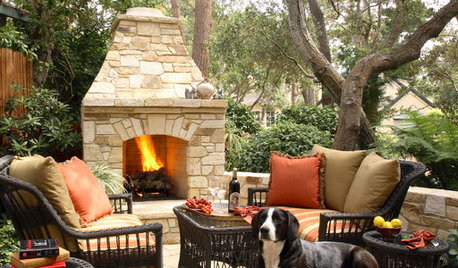
PATIOSSpring Patio Fix-Ups: Install an Outdoor Fireplace or Fire Pit
Make your yard the place to be by adding a fire feature that draws a crowd
Full Story
FIREPLACESUpdated Woodstoves Keep Home Fires Burning
Better technology means more efficiency than ever for modern woodstoves
Full Story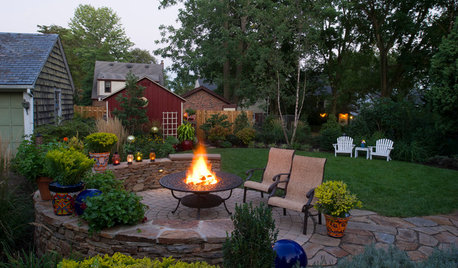
GARDENING AND LANDSCAPING7 Outdoor Fire Features Fuel the Soul
Spark some backyard bonding with a fireplace or fire pit, taking inspiration from these shining examples of great design
Full Story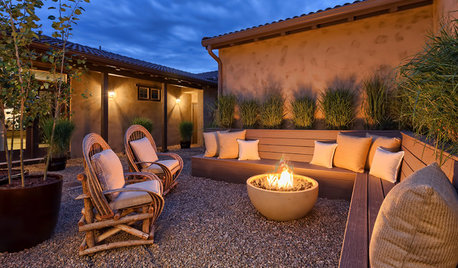
GARDENING AND LANDSCAPINGNew This Week: 3 Fire Pits Herald the Start of Summer
Toast summer — and marshmallows — with these sizzling fire pit designs recently uploaded to Houzz
Full Story
MOST POPULAR9 Real Ways You Can Help After a House Fire
Suggestions from someone who lost her home to fire — and experienced the staggering generosity of community
Full Story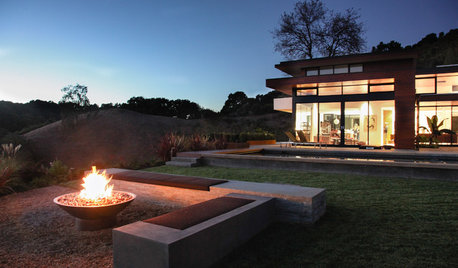
GARDENING AND LANDSCAPINGEco-Friendly Fire Pits: Casting Backyard Campfires in a New Light
Wood burning may be discouraged — even illegal in places — but that needn't mean forsaking the fire pit. Try one of these alternatives
Full Story


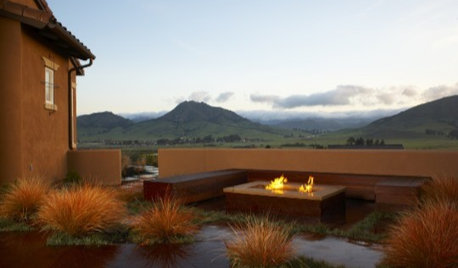

User
bus_driver
Related Discussions
Smoke/fire alarms for workshop/garage
Q
Where can I find a brown smoke detector?
Q
Smoke Da Pig - 2nd Annual Requiem to Summer
Q
Budget Categories for the FKB - yup again
Q
petey_racer
petey_racer
joed
overdoneOriginal Author
davidandkasie
overdoneOriginal Author
greg_h
overdoneOriginal Author
davidandkasie
overdoneOriginal Author
bus_driver
petey_racer
hendricus
petey_racer
overdoneOriginal Author
overdoneOriginal Author
cobraguy
petey_racer
overdoneOriginal Author
DavidR
overdoneOriginal Author
netlos
overdoneOriginal Author
hendricus
DavidR
kudzu9
radioguy4ever
overdoneOriginal Author
DavidR
radioguy4ever
DavidR